はえばるはなおり
Haebaru Hanaori
南風原花織
沖縄県
多彩な技と色彩が重なり
立体の花を咲かせる布
南風原花織は、沖縄本島南部・南風原町で織られる伝統織物で、2017年に経済産業大臣指定の伝統的工芸品に認定されました。琉球藍や福木、車輪梅(テカチ)などの植物染料に加え、用途に応じて化学染料も用いられ、鮮やかで多彩な色彩が特徴です。
花織とは、地の組織に浮糸を織り込んで立体的な文様を表した技法の総称で、南風原花織には「ヤシラミ花織」「クヮンクヮン織」「タッチリー」など、この地独自の呼び名を持つ織り技法が数多く伝わります。名称の由来には、獅子舞の毛や糸のほぐれなど、沖縄の自然や文化が色濃く反映されています。
明治期から母から娘へ受け継がれてきた花織は、沖縄戦で一度は途絶えかけましたが、戦後に復興を遂げ、現在も織り続けられています。立体感のある華やかな柄は、帯や着物地として装いに個性と彩りを添え、日常のおしゃれから観劇やパーティーまで幅広い場面で楽しむことができます。
Haebaru Hanaori is a traditional textile woven in Haebaru Town, in the southern part of Okinawa’s main island. It was designated as a Traditional Craft by the Minister of Economy, Trade and Industry in 2017. Characterized by its vivid and varied colours, it employs natural dyes such as Ryukyu indigo, fukugi, and sharinbai (also used in Oshima-Tsumugi), alongside synthetic dyes depending on the intended use.
Hanaori refers to a weaving technique in which supplementary weft threads are woven into the ground fabric to create raised, decorative patterns. In Haebaru Hanaori, a wide range of weaving techniques unique to the region are preserved and used, including Yashirami Hanaori, Kwankwan-ori, and Tatchirii.
Passed down from mothers to daughters since the Meiji period, the tradition of hanaori was nearly lost during the devastation of the Battle of Okinawa, but was revived after the war and continues to be practiced today. Its richly textured, decorative patterns bring individuality and colour to dress, whether as kimono fabric or obi, and can be enjoyed in a wide range of settings, from everyday wear to theatre outings and festive gatherings.
この産地の作品
This Origin’s
Products
Products
この産地の
作品が含まれる
コーディネート
Coordinates
with
This Origin's
Product
作品が含まれる
コーディネート Coordinates
with
This Origin's
Product
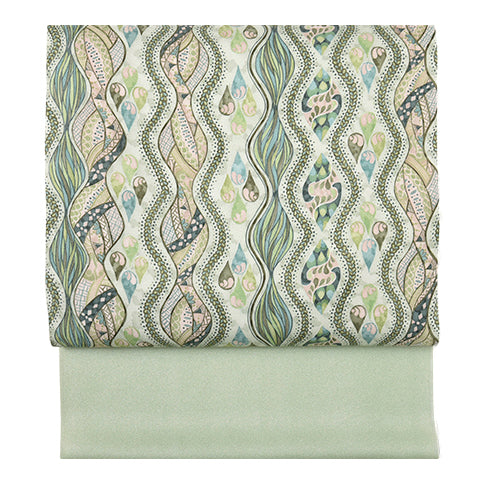 名古屋帯
名古屋帯
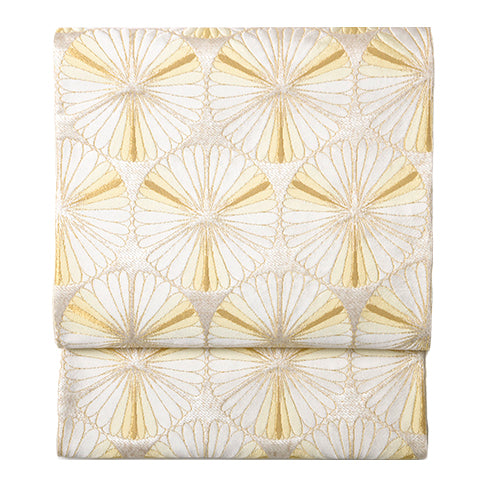 袋帯
袋帯
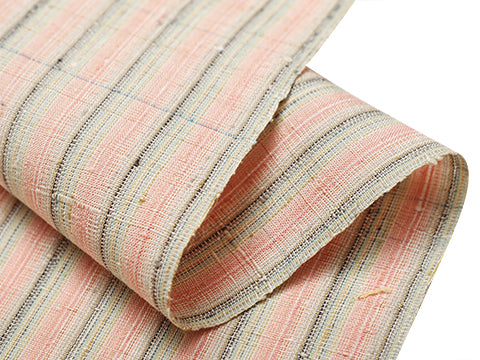 紬・綿・自然布
紬・綿・自然布
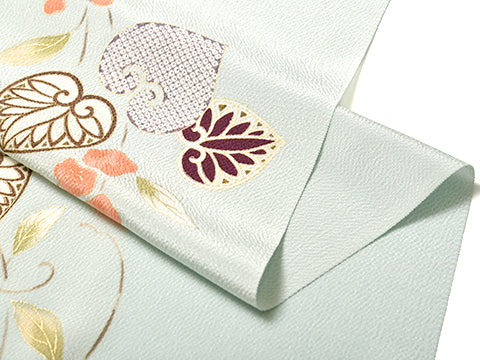 小紋・江戸小紋
小紋・江戸小紋
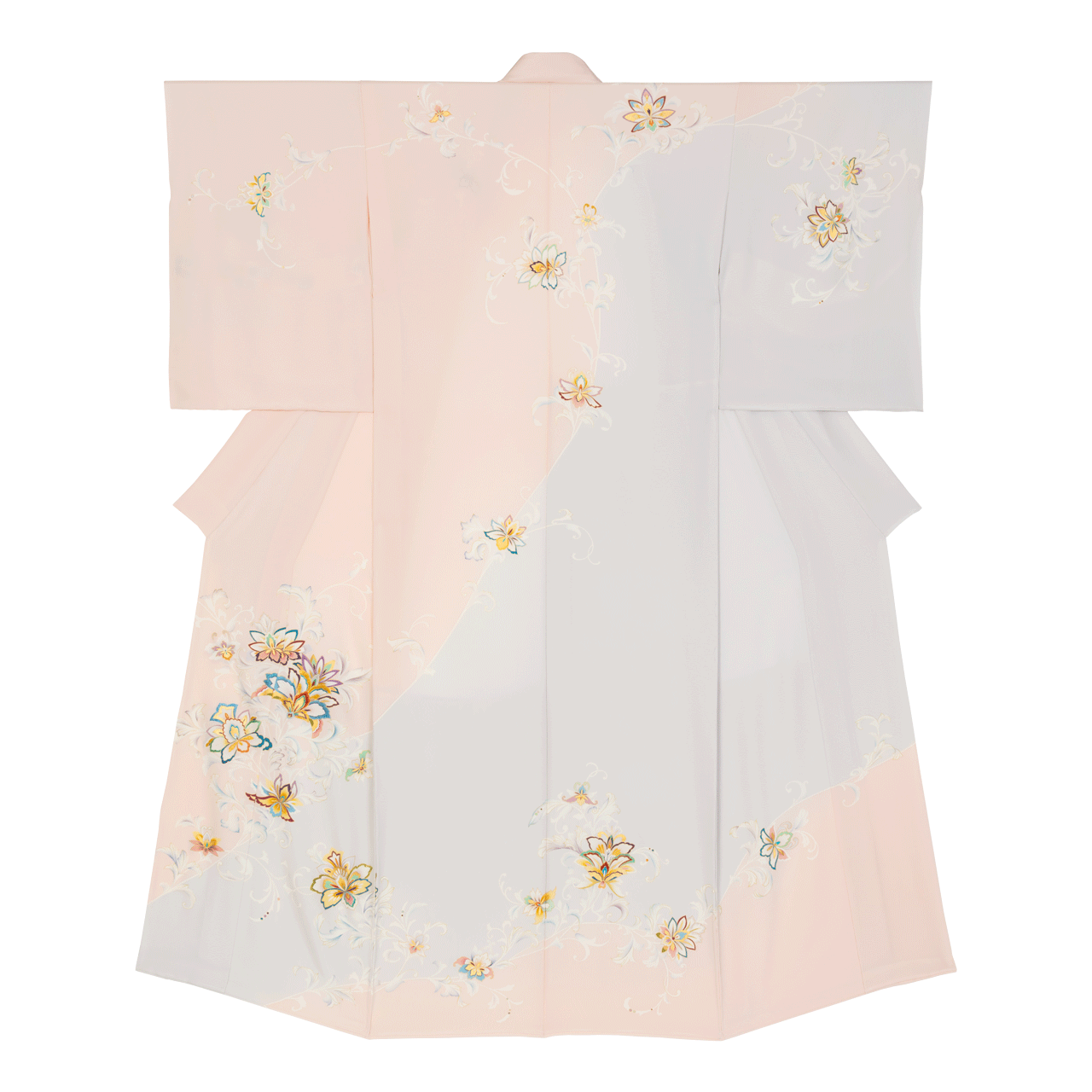 訪問着・付下げ・色無地ほか
訪問着・付下げ・色無地ほか
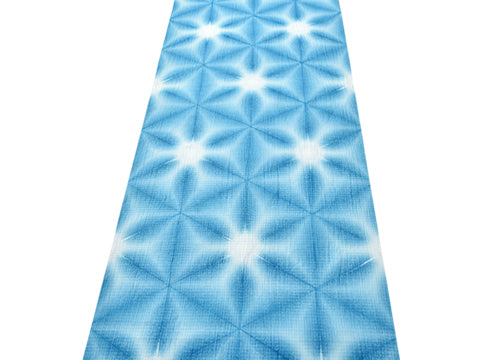 浴衣・半巾帯
浴衣・半巾帯
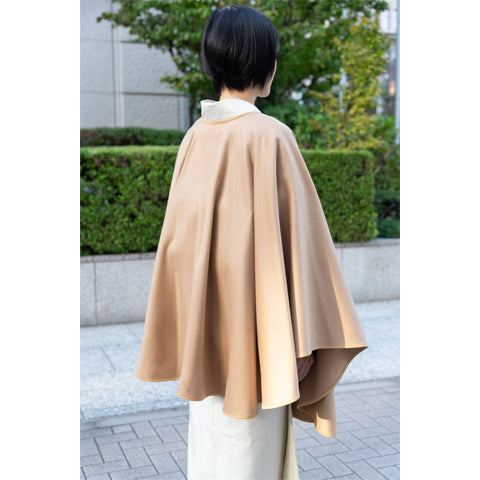 羽織・コート
羽織・コート
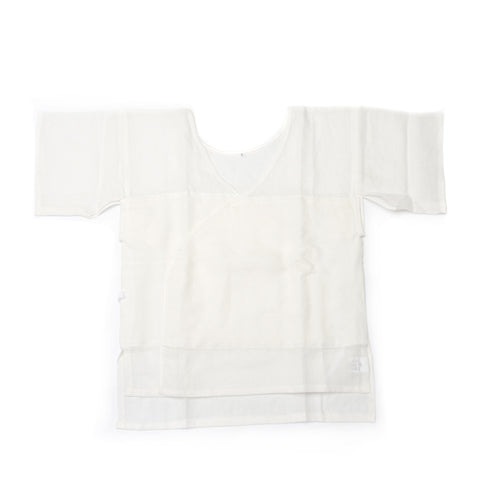 肌着
肌着
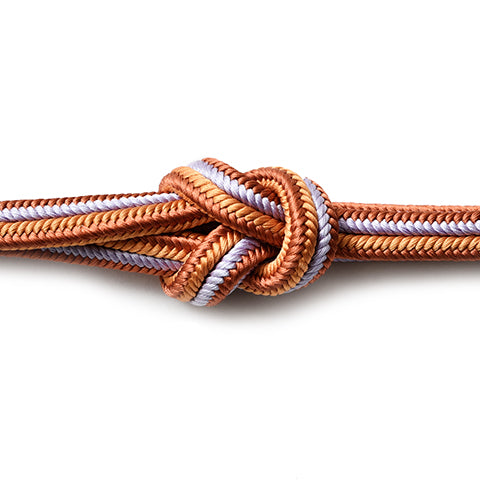 小物
小物
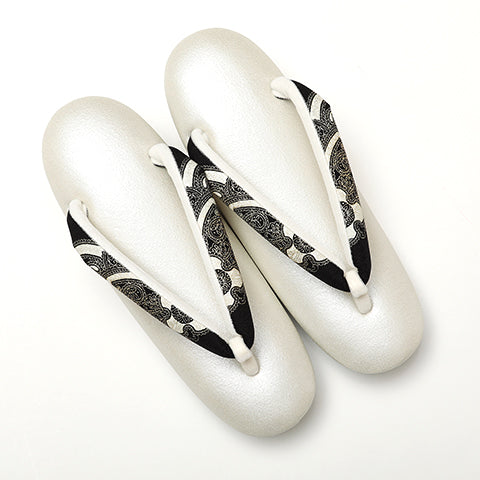 履物
履物
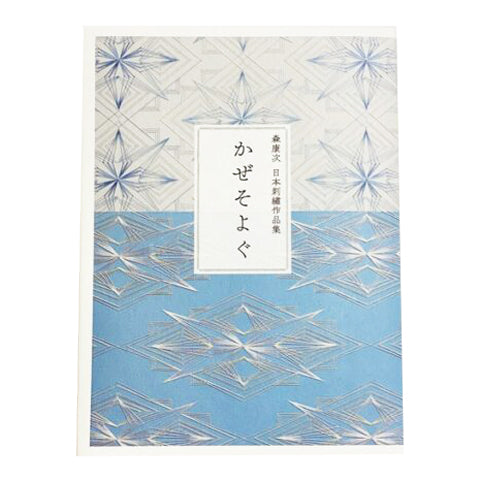 書籍
書籍
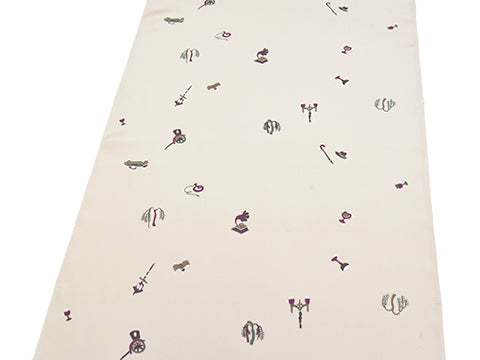 長襦袢
長襦袢
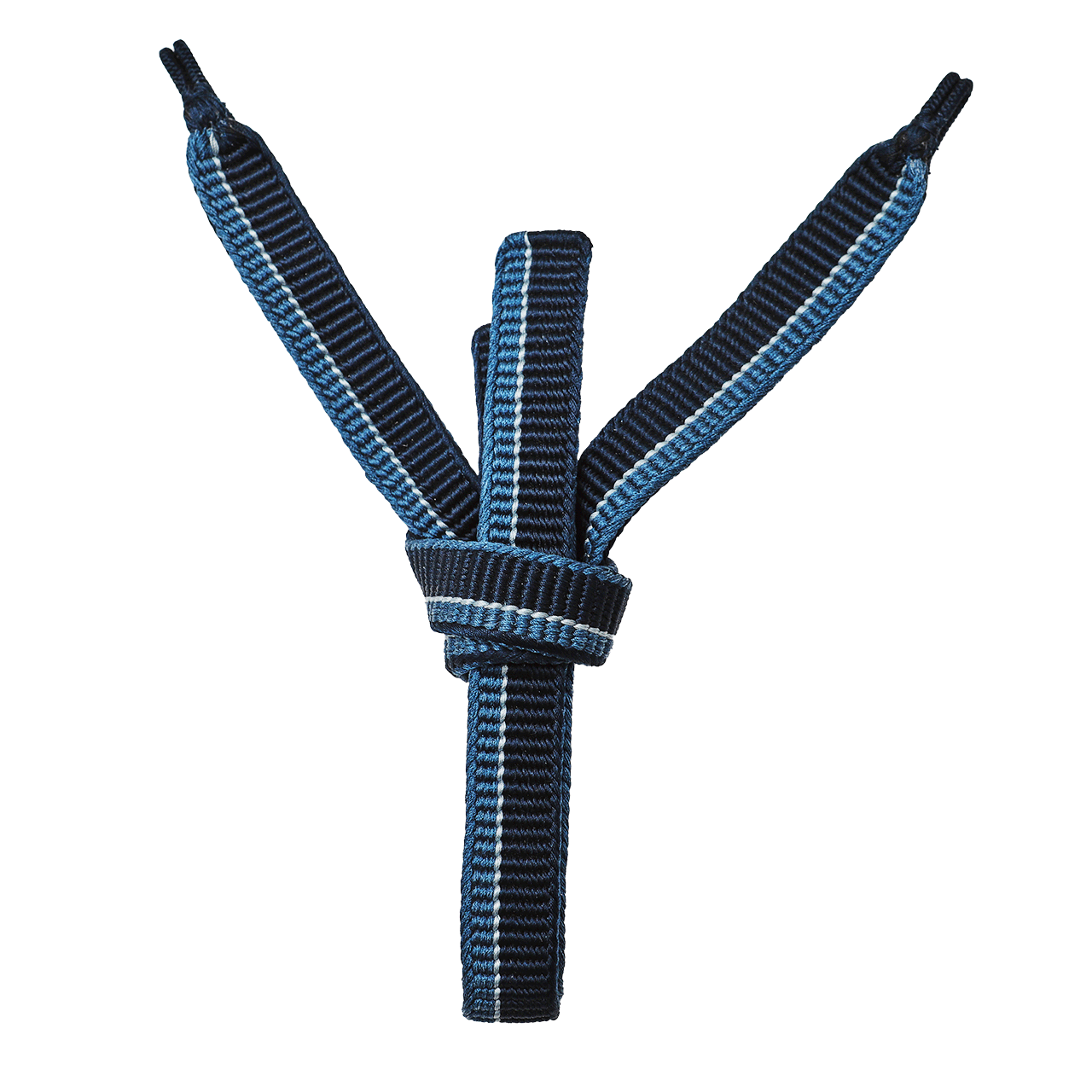 小物
小物
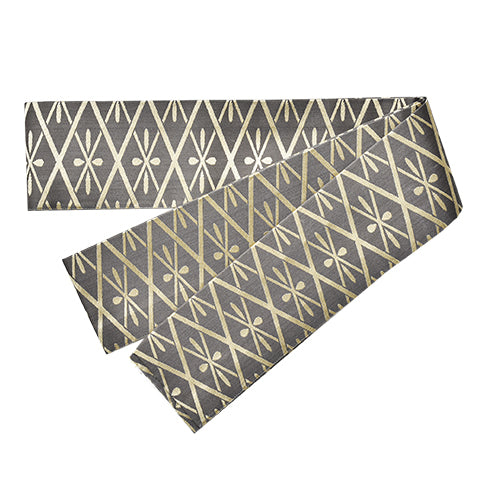 帯
帯
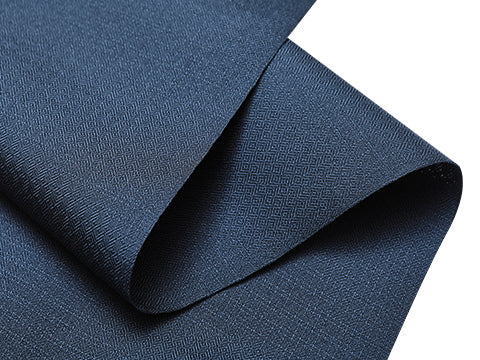 お召
お召
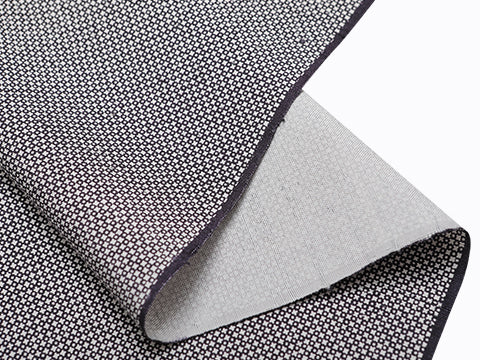 小紋・江戸小紋
小紋・江戸小紋
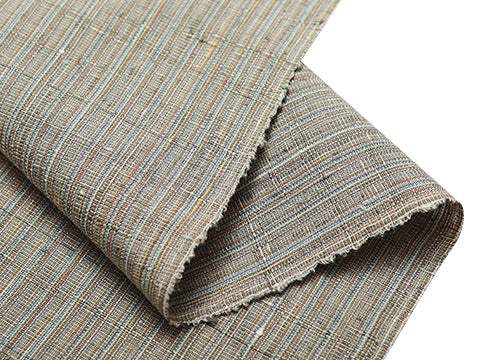 紬・綿・自然布
紬・綿・自然布
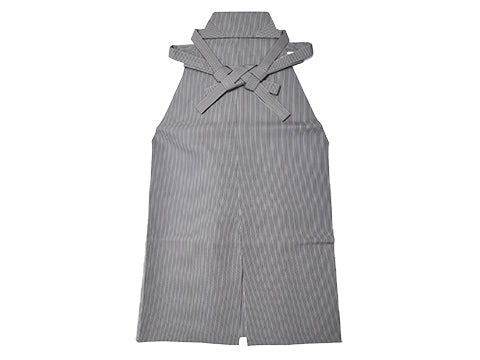 袴
袴
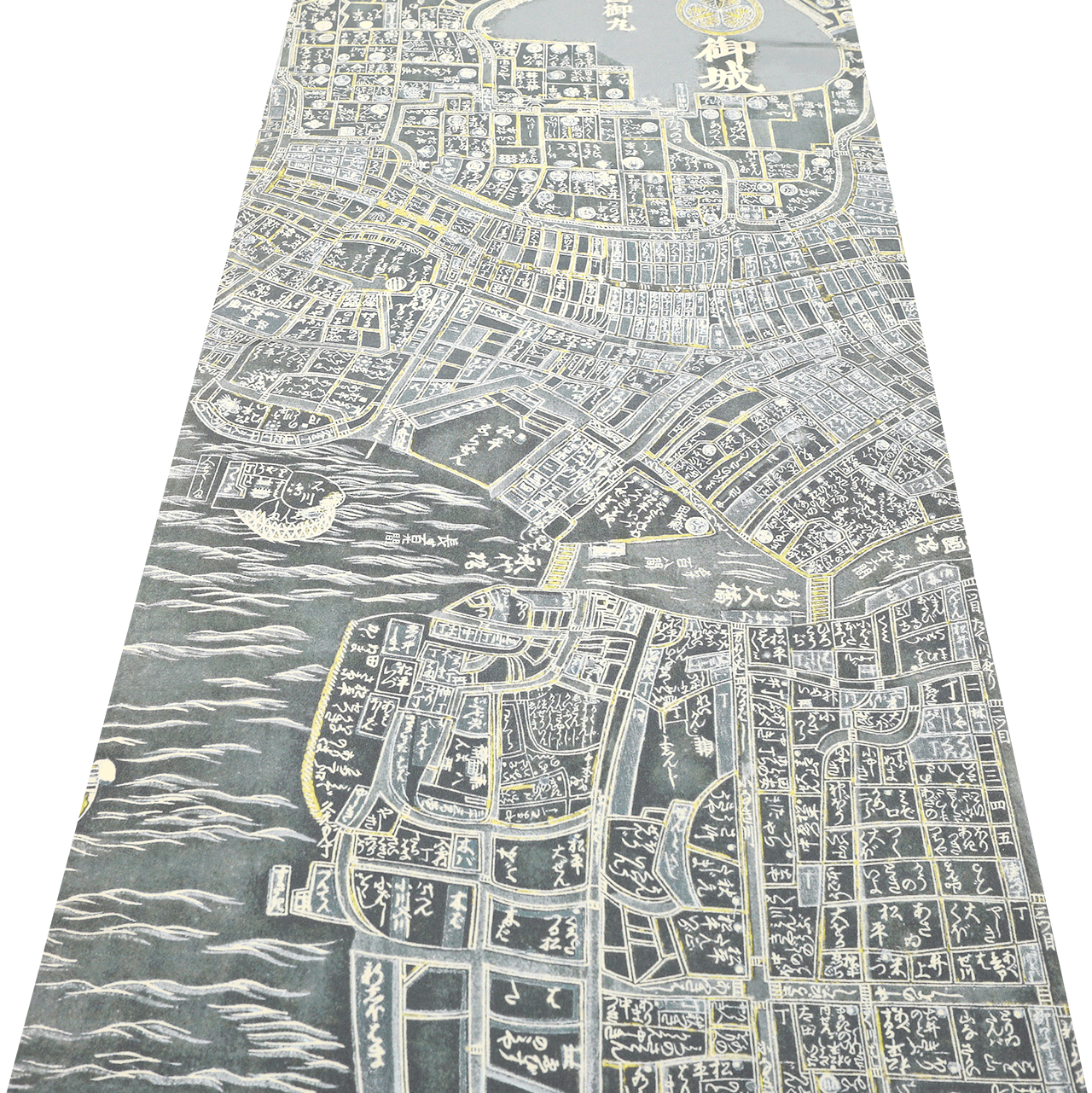 長襦袢
長襦袢
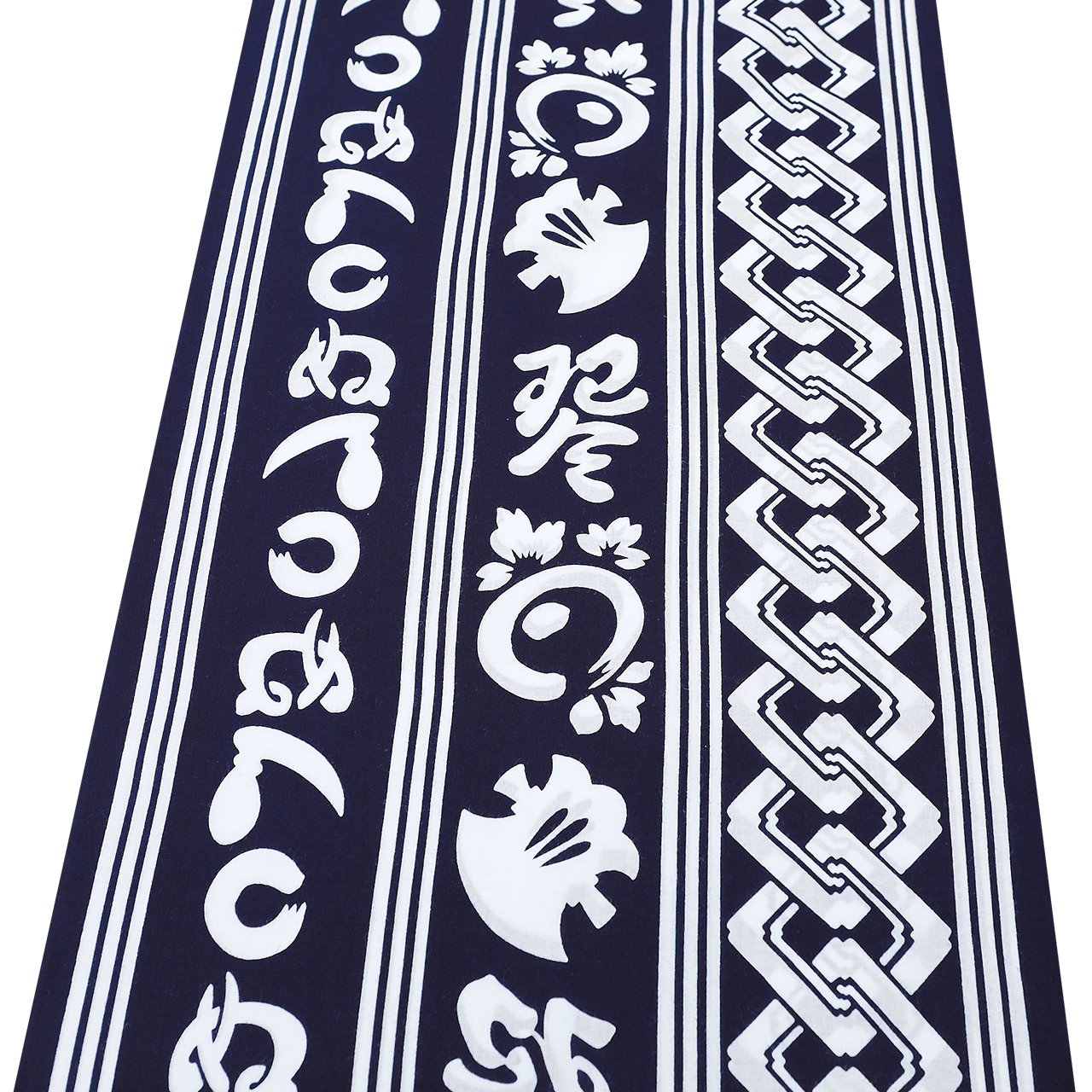 浴衣
浴衣
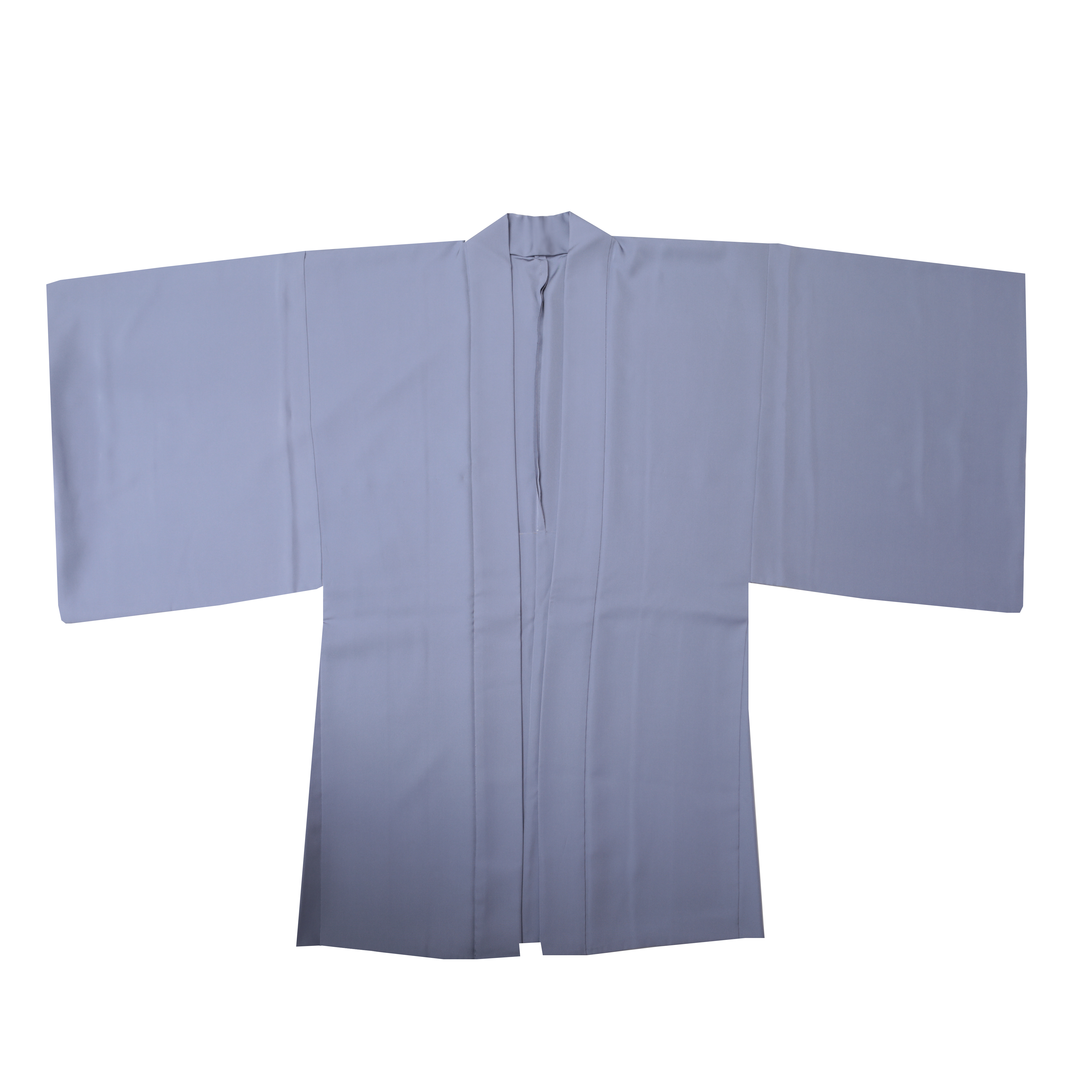 羽織・コート
羽織・コート
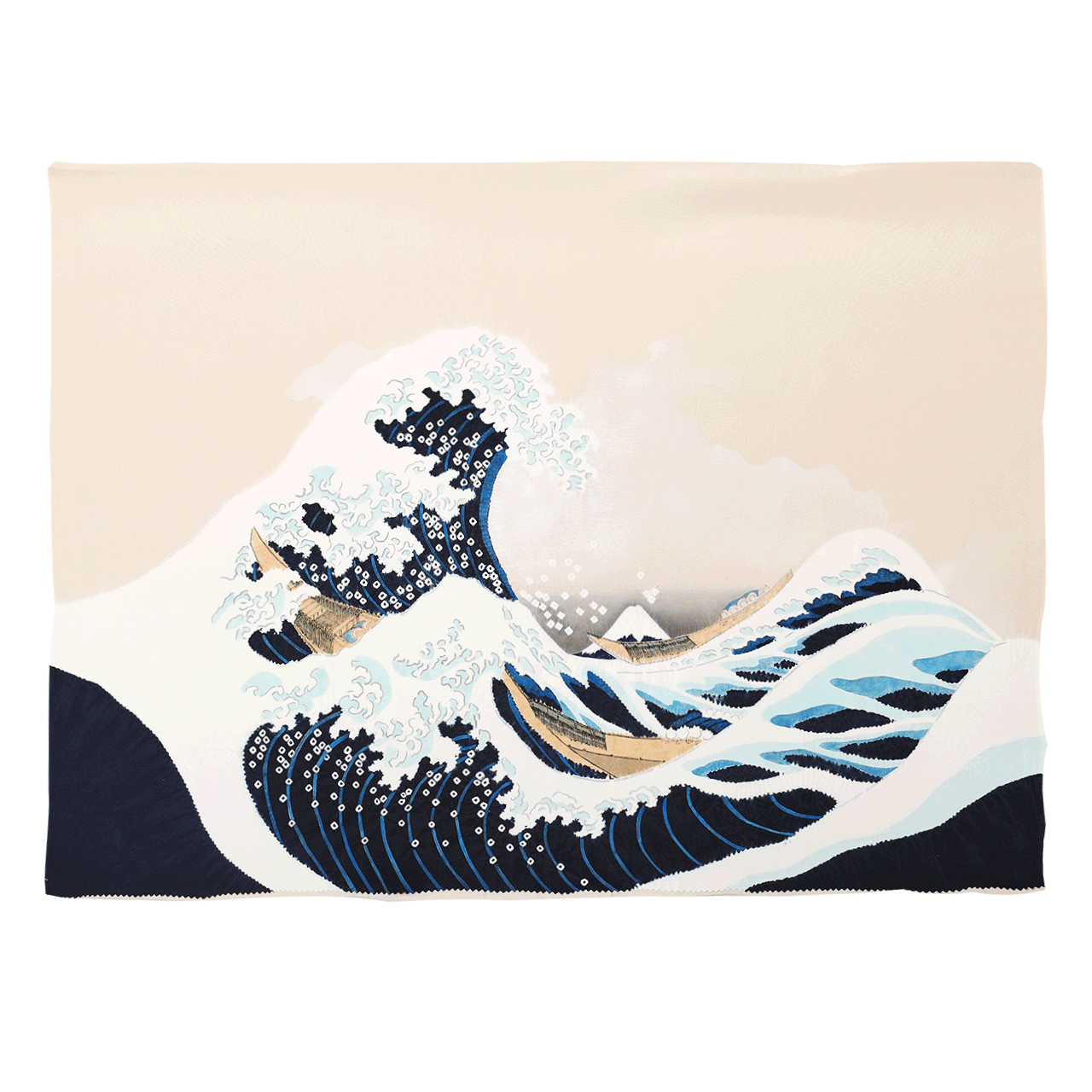 額裏
額裏
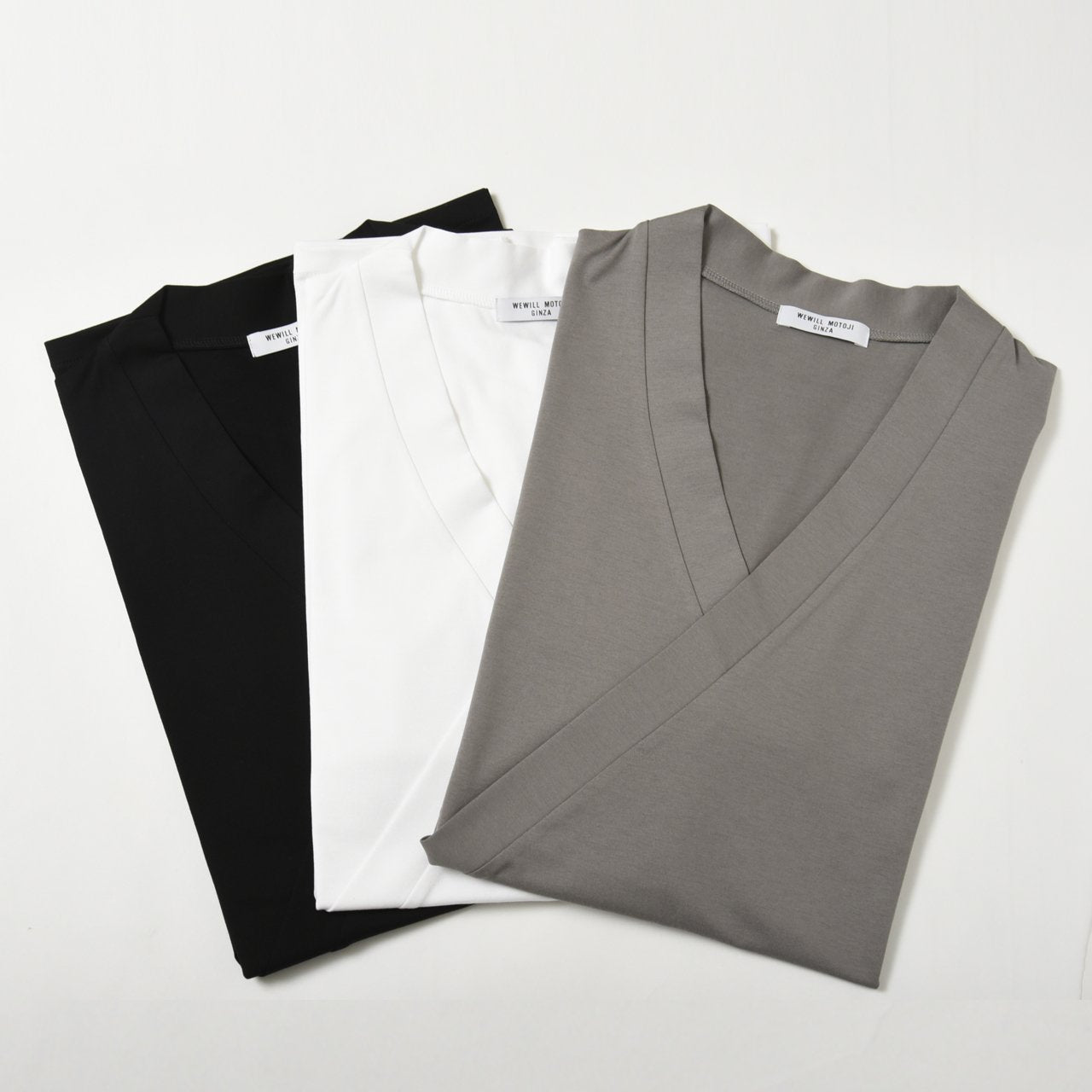 肌着
肌着
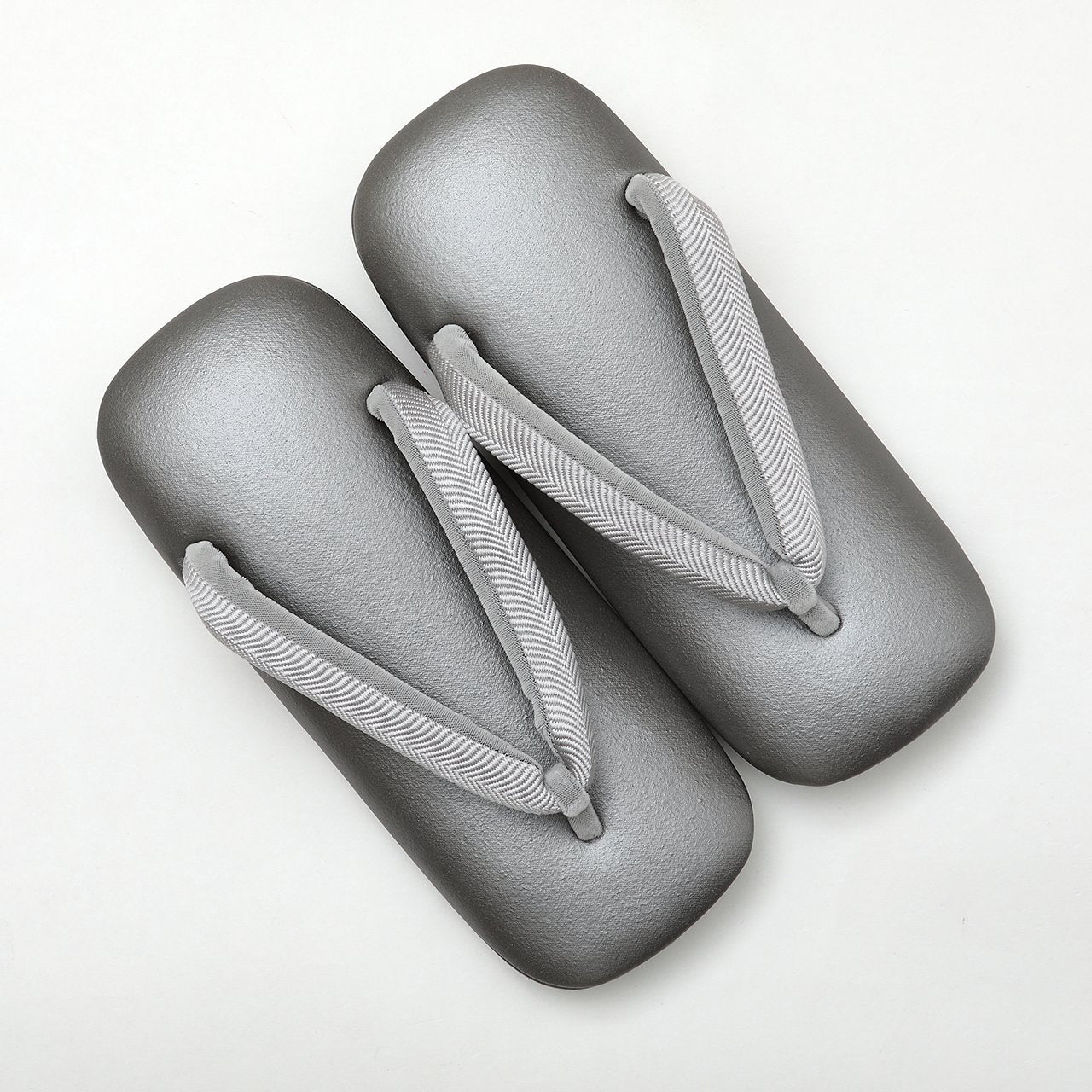 履物
履物
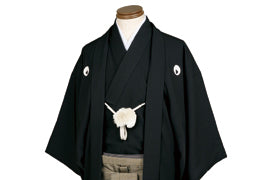 紋付
紋付
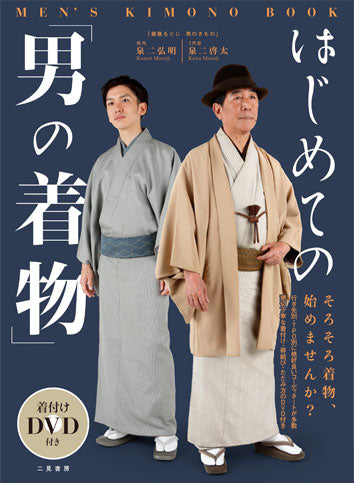 書籍
書籍